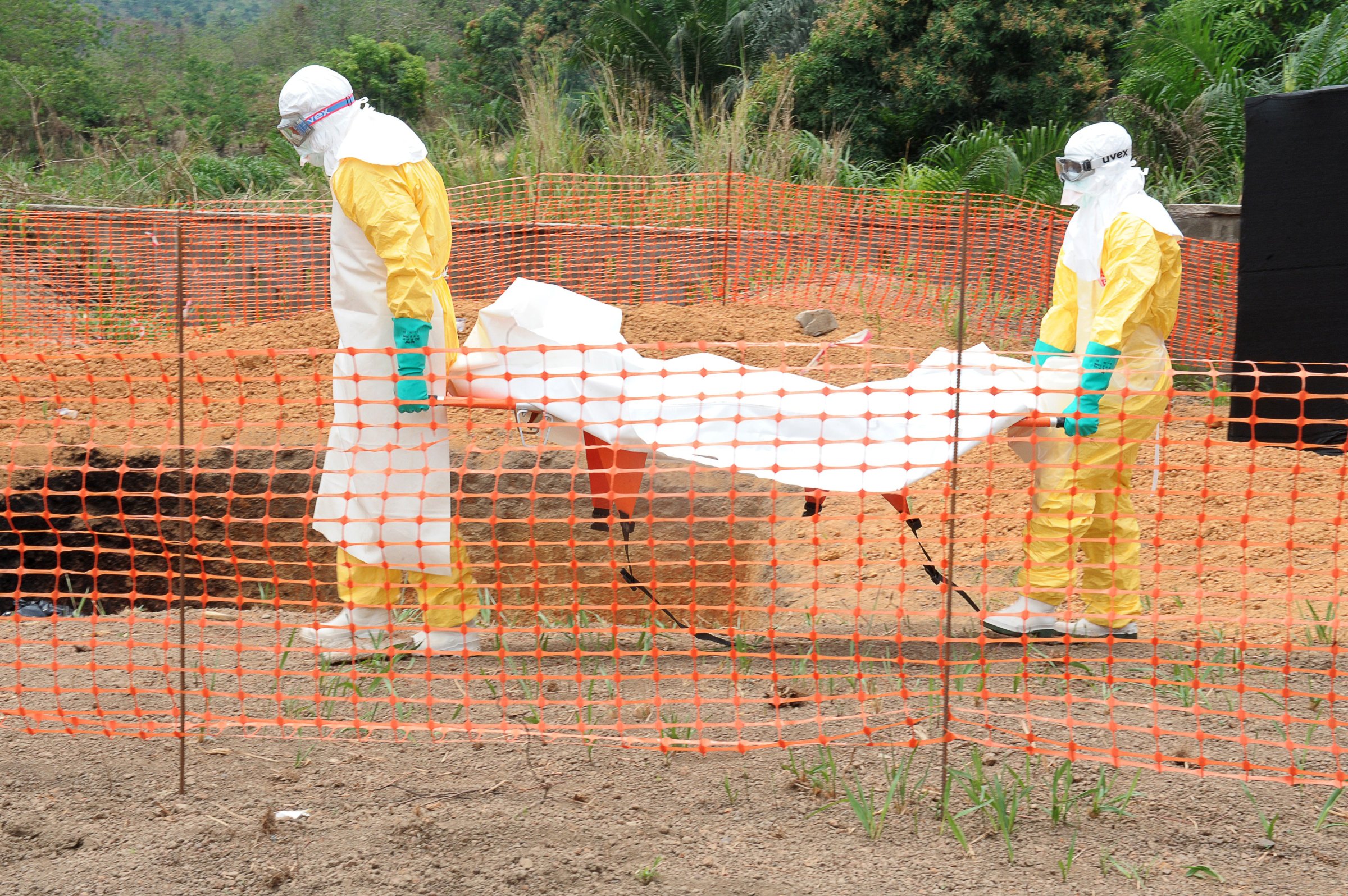
In the past several months, Ebola has leaped from a remote forested corner of Guinea in West Africa to the congested coastal capital of Conakry, spreading panic and fear in its wake. Even if it doesn’t liquefy internal organs in quite the graphic manner described in the 1995 thriller Outbreak, the Ebola virus, which inspired the movie, is one of the most lethal known to man, on par with untreated HIV/AIDS. So far 122 people have been diagnosed in this latest outbreak, in addition to six suspected cases in neighboring Liberia. Eighty-three cases have resulted in death. In response Senegal has closed its borders and Senegalese singer Youssou N’dour cancelled an upcoming concert in Conakry. Ebola has killed at least 1700 people since it was first identified in simultaneous 1976 outbreaks in Democratic Republic of Congo and Sudan, but rarely has it reached urban centers, where cramped quarters can make transmission even easier. Conakry has 13 suspected cases so far, prompting extreme measures even in neighboring countries: on Monday Liberia’s Health Minister Walter Gwenigale warned citizens to stop having sex because the virus is spread via bodily fluids.
So just how bad is Ebola? And how likely is it to jump the Atlantic? Here is a quick primer on what you need to know:
How bad is the outbreak?
The Medical NGO Doctors Without Borders is calling the Guinea outbreak an “epidemic of a magnitude never before seen,” but there have been far higher death tolls in the past: a 2001 outbreak in DRC killed 187; a year before that 224 died in Uganda. What makes this particular outbreak so serious is its geographic spread. Not only is it the first time that Guinea has seen Ebola, but cases have been found across the country in areas hundreds of miles apart, instead of concentrated in one isolated area. This complicates quarantine practices, and makes the job of health workers responding to the outbreak even more difficult.
Where does it come from?
The Ebola virus only hitches rides with human hosts as an afterthought. Its natural reservoir is thought to be in Africa’s population of wild fruit bats, though it is also prevalent in chimpanzees, gorillas, porcupines and forest antelope. That’s why health officials are encouraging locals to avoid eating so called “bush meat,” or any kind of animal found dead on the forest floor.
How is Ebola transmitted?
It’s not just through sex. Direct contact with infected blood, organs, mucus, or other bodily fluids risks transmission, from kissing to sharing needles, soiled towels and bedding. Even those rare few who survive Ebola remain infectious for a while — men can transmit the virus in their semen up to seven weeks after recovery. Health workers and mourners preparing the deceased for funerals are at particular risk. In response, the World Health Organization has already sent 3.5 tons of protective material to Guinea, including biohazard suits, disinfectants and burial shrouds designed to prevent further infection.
Could it jump continents through international flights?
Hollywood notwithstanding, it hasn’t. Victims are usually too ill to travel, let alone board a plane. Still, it could happen. One variation of Ebola found in China and the Philippines did make it to a U.S. laboratory via infected macaques, but according to the WHO, no illness or death in humans has ever resulted from that particular strain. Some countries are already taking precautions. Saudi Arabia has announced the suspension of visas for Muslim pilgrims from Guinea and Liberia.
Ok, so Ebola doesn’t liquefy organs. What does it do?
Either way, it’s not pretty. Ebola starts with a sore throat, red eyes and possibly a rash, followed by the onset of fever, intense muscle pain, severe headaches, “vomiting, diarrhea, rash, impaired kidney and liver function, and in some cases, both internal and external bleeding,” according to the US Centers for Disease Control. In rare cases, spontaneous bleeding from body orifices and skin punctures, even needle marks, can occur. Death, which can take place anytime between 2 to 21 days, is usually caused by multiple organ failure, loss of blood or shock, according to clinical surveys conducted in the wake of the first outbreak in 1976.
Is there a cure or a vaccine?
Not yet, but we are getting close. One potentially promising treatment in development in Canada was fast-tracked by the U.S. government earlier this month, but it will take months if not years for a full rollout. Because Ebola is so rare, and usually only infects small populations in remote corners of Africa, investment into finding a cure or a vaccine has been limited. That may change. Ebola is on the U.S. list of potential bioterror agents because humans have no natural immunity. As a consequence, the U.S. has started funding vaccine research. In the meantime, the only thing that can be done for infected patients is to treat symptoms and prevent secondary infections through the use of antibiotics, pain medication, anti-clotting drugs and IV hydration. That, and stopping the disease’s spread in the first place.
More Must-Reads from TIME
- Cybersecurity Experts Are Sounding the Alarm on DOGE
- Meet the 2025 Women of the Year
- The Harsh Truth About Disability Inclusion
- Why Do More Young Adults Have Cancer?
- Colman Domingo Leads With Radical Love
- How to Get Better at Doing Things Alone
- Michelle Zauner Stares Down the Darkness
Contact us at letters@time.com